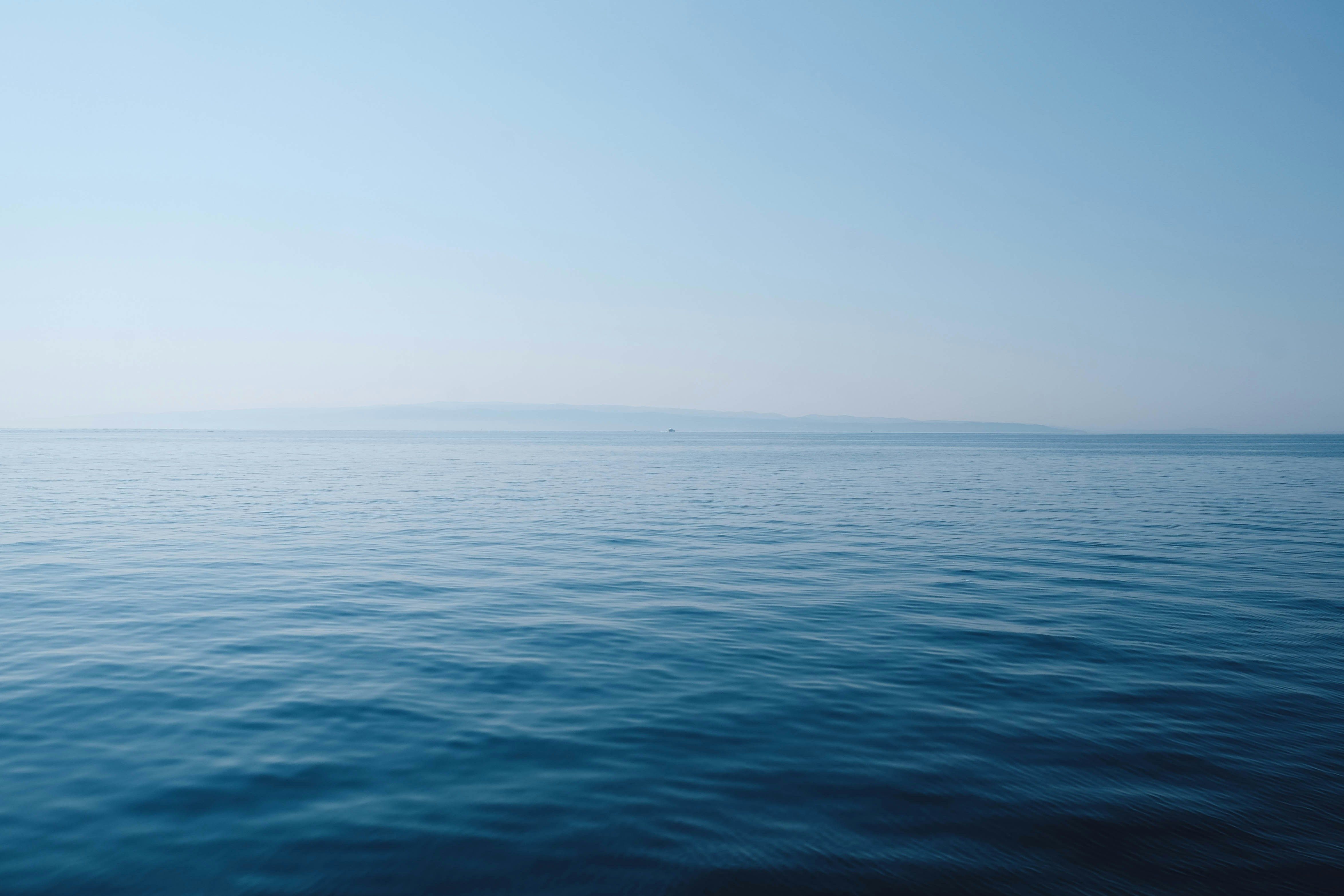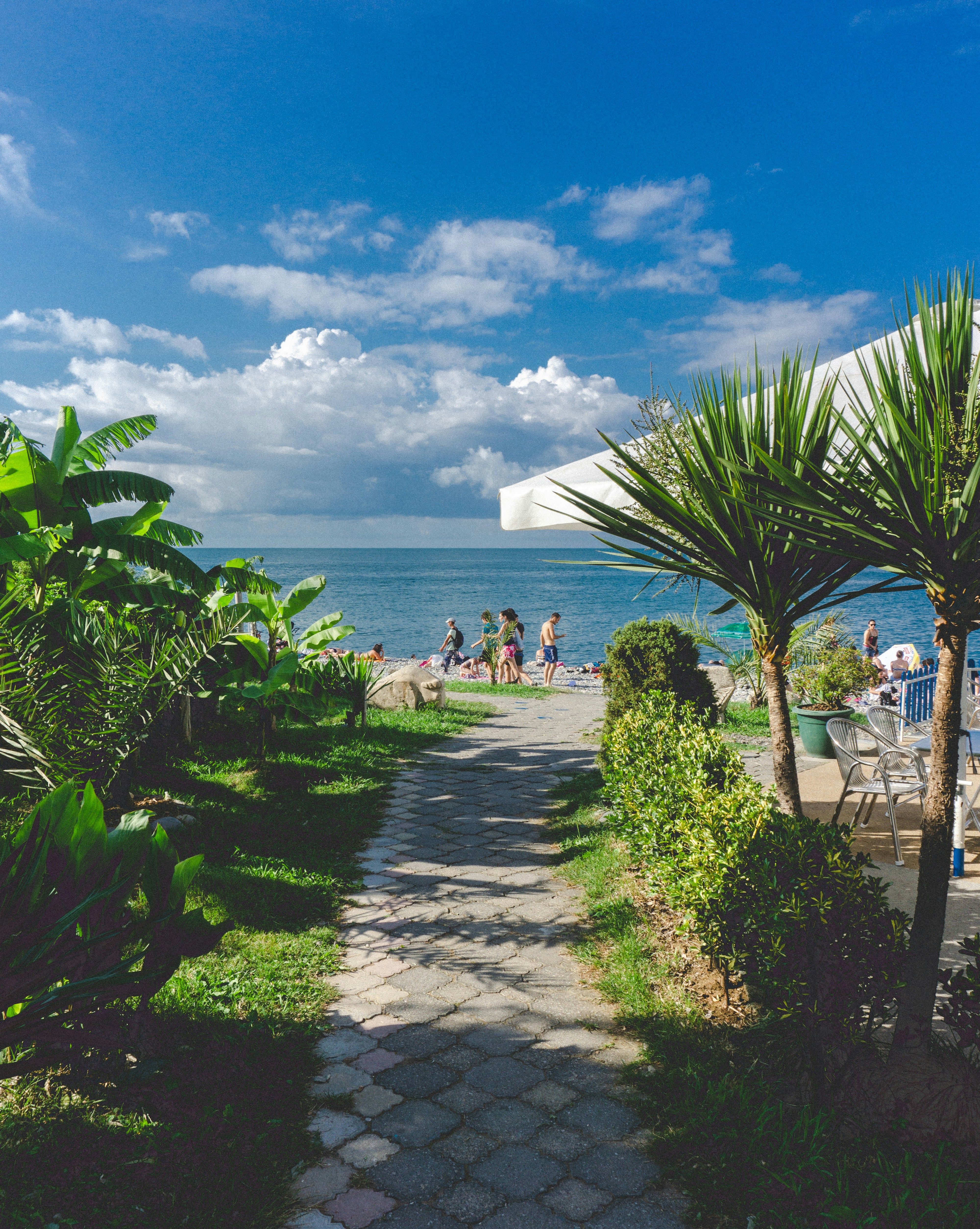Keep A Close Eye on Yourself While Swimming: DLRG's Warning on Overconfidence and Negligence
- *
Lifeguarding organization issues warnings about hazards from careless behavior and excessive confidence in water safety. - DLRGadvises swimmers to avoid arrogance and excessive self-importance
The German Life-Saving Association (DLRG) has a stern warning for bathing enthusiasts as the summer and beach season begins in Mecklenburg-Vorpommern. Carelessness and arrogance have become increasingly common, leading to dangerous situations and lifeguard interventions. According to DLRG spokesperson Thorsten Erdmann, "it's high time to remember the old swimming rules."
Rash Decisions Lead to Concern
Swimming while under the influence, overheated, or in a hurry can be harmful. Swimming too far out, especially when flags display a warning, can also put you in danger. It's safer to stick to swimming parallel to the shoreline. Erdmann also points out the risks of walking on wooden piers, often found along the coast, leading to severe injuries for both children and adults. Adding to the concern is the increasing number of kitesurfers along the shore, who, when surfing at high speeds between bathers, can create hazardous situations.
Drownings on the Rise
In 2024, Mecklenburg-Vorpommern recorded 29 drownings, nine more than the previous year. The majority of these incidents occurred in the Baltic Sea, with age group between 61 and 70 being the most affected. However, no child or young person died in the water.
Dedicated Lifeguards and Water Rescue Volunteers
This year, 1,700 lifeguards from various federal states have been deployed between Boltenhagen and the island of Usedom. There are 30 active local groups, 90 lifeguard towers, and five watch stations at inland lakes in Mecklenburg-Vorpommern. In contrast, Warnemünde has seven lifeguard towers, two rescue squads, a special rescue jet, and the rescue boat "Wotan." Approximately 200 DRK volunteers will be on duty at the beaches in Rostock, including Markgrafenheide and Diedrichshagen.
Safety Measures for Swimming and Kitesurfing
While the DLRG has not explicitly released guidelines for kitesurfing, general safety principles for water sports in open waters are advised. Start with strong swimming skills and always wear safety gear, such as helmets and impact vests. Be aware of wind and water conditions, and avoid crowded areas. If kitesurfing, make use of a kite leash and quick-release systems. Ideally, kitesurf with a buddy or where lifeguards are present. Lastly, follow all posted safety instructions at Mecklenburg-Vorpommern's beaches.
Regarding swimming, the DLRG emphasizes specific safety measures: children should not be considered safe swimmers with only the Seepferdchen (beginner swimming badge). True safe swimming skill comes with the Bronze badge. Non-swimmers should only enter water up to their belly. Constant supervision of children is essential, and flotation aids can create a false sense of security. Only swim where lifeguards are present, and swim in familiar waters. If drowning occurs, call 112 immediately.
Remember to Stay Vigilant
Beach season is here, and it's crucial to be mindful of the water. Follow the guidelines provided by the DLRG to ensure a fun and safe experience, and let's enjoy the summer without unnecessary accidents.
Participants from European EC countries should consider additional training beyond the basic Seepferdchen (beginner swimming badge) for safe swimming in Mecklenburg-Vorpommern. This might include vocational training in health-and-wellness and fitness-and-exercise to improve their swimming abilities and respond better in emergencies.
As the number of kitesurfers along the shore increases, it's essential to integrate science in developing vocational training programs for this sport, focusing on understanding wind and water conditions, utilizing safety gear, and navigating crowded areas effectively. This would further enhance the safety measures for vocational training in kitesurfing and provide a well-rounded learning experience for enthusiasts.








